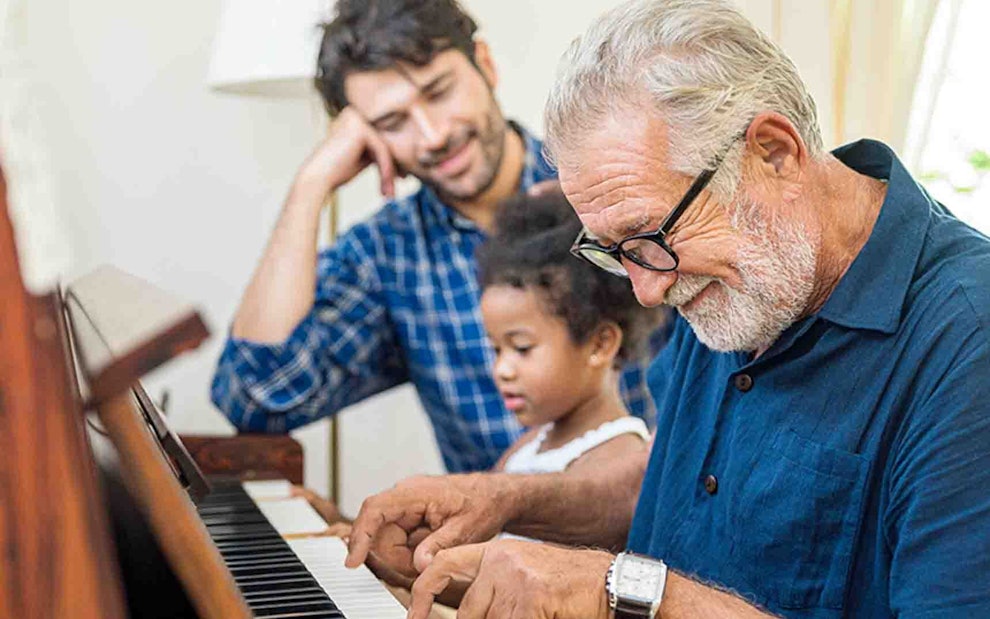
Disclaimer: If you are pregnant, nursing, taking any medication, or under medical care, consult a physician or healthcare professional before use. This product should be used only as directed on the label. Consult a physician before use if you have a serious medical condition or are taking prescription medications. Consult a physician before using this or any supplemental dietary product. All trademarks and copyrights are the property of their respective owners and are not affiliated with or endorsed by this product. These statements have not been evaluated by the FDA. This product is not intended to diagnose, treat, cure, or prevent any disease. Individual results will vary. By using this site, you agree to be bound by the Privacy Policy and all Terms and Conditions posted on this site. THIS IS AN ADVERTISING AND NOT AN ACTUAL NEWS ARTICLE, BLOG OR CONSUMER PROTECTION UPDATE. MARKETING DISCLOSURE: This website is a marketplace. So, you should know that the owner has a monetary connection with the products and services advertised on the site. The owner gets paid whenever a qualified lead is referred to them, but that’s about it. ADVERTISING DISCLOSURE: This website and the products and services mentioned on it are advertising platforms. This site is an advertisement and not a news publication. Any photographs of people used on this site are of models. The owner of this site and the products and services mentioned on this site only provides services to enable consumers to obtain and compare them.
Alzheimer’s disease is the most common type of dementia, affecting millions of people every year. In 2020 alone, about 5.8 million Americans were diagnosed with the disease. This number is expected to grow in the coming decades — every 5 years the number of people living with Alzheimer’s disease doubles. A cure is not yet available, but there are many ways to improve the quality of life for people with Alzheimer’s. This disease causes severe memory loss, changes in mood and behavior, and other symptoms. One of the ways to improve quality of life includes ensuring that spaces and activities are safe. This could mean making environments free from possible hazards such as unstable furniture or planning safe and productive activities, for example, short walks or listening to music. You can learn how to create a safer space and adjust activities for a loved one who has Alzheimer’s disease.
What is Alzheimer’s disease?
The first step in creating safe spaces for those with Alzheimer’s disease is knowing a little about the disease and its symptoms. The most common type of dementia, Alzheimer’s disease generally begins with mild memory loss, which is followed by more severe symptoms that can impair a person’s ability to perform everyday activities.
It affects the parts of the brain that control language, memory and thought, and can eventually lead to the loss of certain abilities, such as responding appropriately to the environment or carrying on a conversation.
Symptoms may appear as early as age 60, although the risk heightens with age.
How does Alzheimer’s affect your daily life?

Alzheimer’s disease causes a number of physical and mental changes that can affect daily life. Changes might include:
- Issues with memory loss, such as repeating questions or getting lost in a familiar place
- Worsened or poor judgment
- Alterations in behavior, personality and mood
- Frequently misplacing items
- Trouble completing familiar tasks or paying bills
Someone with Alzheimer’s disease might also experience physical changes, including problems with balance, changes in hearing, vision or depth perception, or sensitivity to temperatures.
While these changes may seem minor at first, they generally progress over time and have a greater effect on daily life. Memory problems may become quite serious. A person with Alzheimer’s disease might, for example, get lost on their own street or forget how to use a household appliance they have used every day. Given these changes, it’s important to provide spaces where seniors with Alzheimer’s can be safe and active.
How to choose activities for Alzheimer’s patients

Those in the beginning stages of Alzheimer’s disease may stop participating or be less involved in some of the activities they’ve enjoyed their whole lives. This is why it’s important to help keep those with the disease active at home and in their community. Doing this may require adjusting activities they’d done previously. For example:
- Think about the person’s skills and activities — does he or she like to play the piano? Go for walks? Maybe you can change these activities slightly so the songs are simpler or walks are shorter.
- You might encourage the Alzheimer’s patient to take note of physical differences, such as getting tired more easily or having difficulty with their senses, and adjust activities accordingly.
- What do they enjoy and what makes them anxious or irritable? Listening to music may soothe some people and be too noisy for others. The overall focus should be on enjoyment rather than achievement.
- Keep the time of day in mind — for some Alzheimer’s patients, activities are easier or more pleasant at certain times of day. For example, most people are used to bathing and dressing in the morning, even if they are not going out.
- Promote involvement in everyday activities, such as setting the table.
- Find activities related to the person’s former work life. For example, a landscaper might enjoy working in the garden.
- Adjust the activity according to the disease stage. Those with more advanced Alzheimer’s will have greater difficulty carrying out certain activities.
As a caregiver for an individual with Alzheimer’s disease, there are several ways you can offer support and encourage safe and engaging activities. You can help organize the activity, provide assistance and boost morale.
Two of the most important activities you can encourage for those who have Alzheimer’s disease involve doing physical activity or exercise and playing or listening to music. For exercise, be sure to keep it light. If distance is an issue in walking, take short walks and dress comfortably. Musical activities might include listening to relaxing classical music or joining in upbeat sing-alongs with catchy tunes. There are plenty of other activities, from playing bingo to watering the grass that are secure and constructive for seniors with Alzheimer’s disease.
Creating a safe space for those with Alzheimer’s disease

Because Alzheimer’s causes memory loss and impairs judgment, it’s no surprise that activities generally considered safe, such as jogging or cooking, may pose dangers for those with the disease. Luckily, there are ways you can make your environment safer for someone with Alzheimer’s disease, including:
- Avoid kitchen hazards by using stove knob covers, disconnecting the garbage disposal, and using appliances that have an automatic shut-off feature when possible.
- Clear the house of any tripping hazards.
- Evaluate the environment — is there anything potentially hazardous lying around?
- Make sure the house is well lit.
- Have a list of emergency phone numbers handy at all times.
- Make sure safety devices, such as smoke detectors, are working properly.
- Monitor the temperature of food and water.
- Ensure that large items, such as bookshelves, are secured.
- Put medications in a locked drawer or cabinet and use a pillbox to dispense medicine.
- Wear a medical alert device, such as a bracelet or watch.
- Program your loved one’s phone with important emergency numbers and label them as “help”.
When you’re caring for someone with Alzheimer’s disease, it can seem difficult to find safe spaces both inside and outside the home. Fortunately, with enough flexibility and creativity, you can discover ways to increase safety.
Creating a safe environment for seniors with Alzheimer’s disease isn’t only about taking physical safety measures. It also involves creating a mentally safe space, where those with the disease can stay engaged with their community and keep active. As the number of people affected by Alzheimer’s continues to grow, it’s more necessary than ever to know how to create a safe space and enhance what you do to become a more effective caregiver.








Leave a Comment